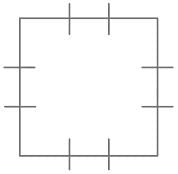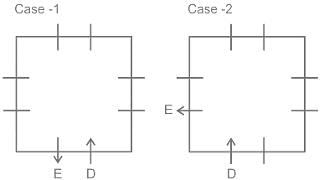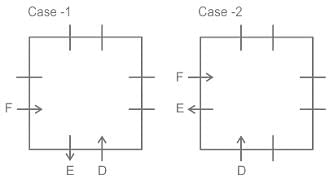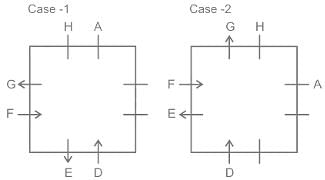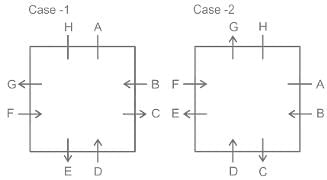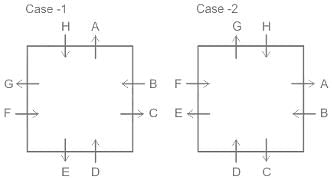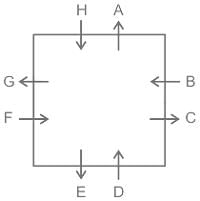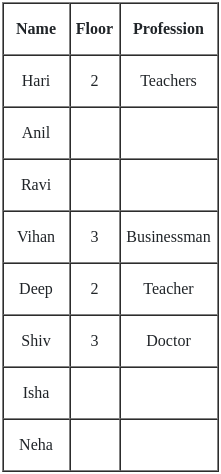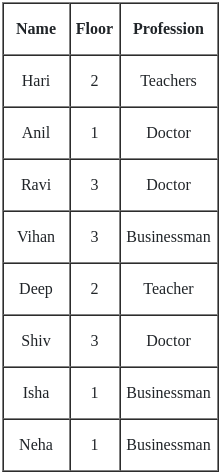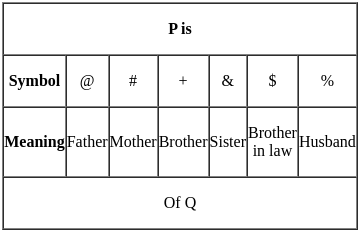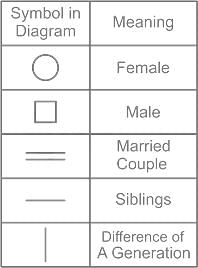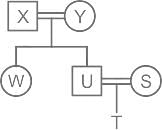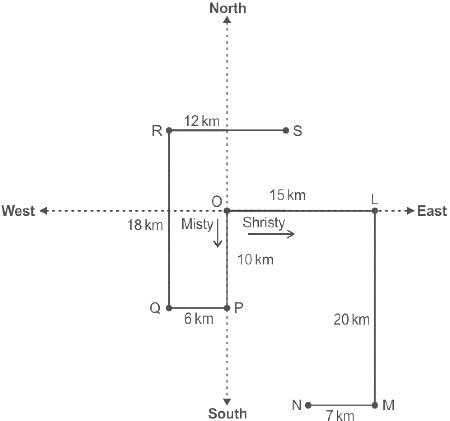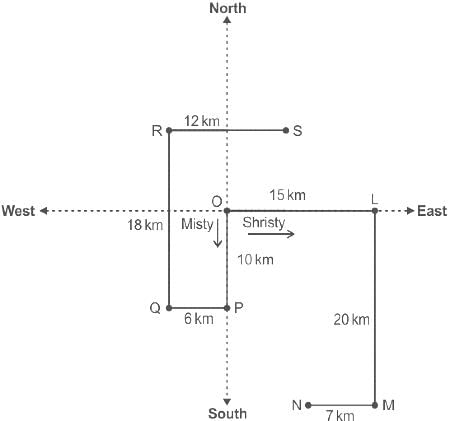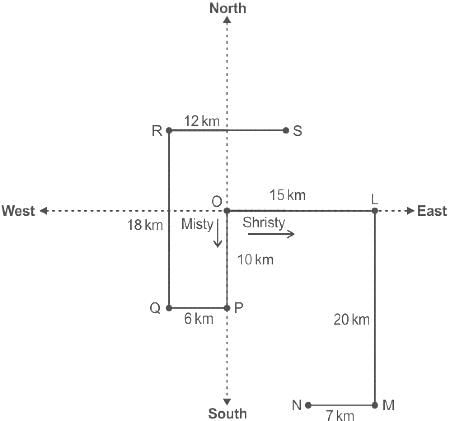SEBI Grade A (General Stream) Mock Test - 3 - Bank Exams MCQ
30 Questions MCQ Test Mock Test Series for SEBI Grade A Exam 2025 - SEBI Grade A (General Stream) Mock Test - 3
Which country's port will Adani Ports operate under a 30-year concession agreement?
How many tonnes of gold did RBI shift from the UK to India in May 2024?
According to the passage, who did Vladimir Putin remove from the role of Minister of Defence after being sworn in as Russia’s President for the fifth time?
What will fit in the blank taken from the passage: "At home, he has _________ his grip on the state and society and is intolerant of dissent."
In the following question, the sentence given with a blank to be filled in with an appropriate word. Select the correct alternative out of the four and indicate it by selecting the appropriate option. If none of the options are correct then choose option 5, 'None of these'.
“If you had even the slightest _________ of respect, you would not treat your parents this way!” Samantha yelled.
Which is the fourth sentence in the correct order?
Which is the fifth sentence in the correct order?
Direction: Evaluate the following word, accompanied by three sentences containing it. Determine the sentence(s) that accurately convey the meaning of the given word.
Suo motu
A. The court took suo motu action to protect the environment.
B. He took a suo motu leave from work without informing his manager.
C. The government issued a suo motu advisory despite no formal complaint being filed.DIRECTIONS for the question: The question below consist of a question and two statements numbered I and II given below it. You have to decide whether the data provided in the statements are sufficient to answer the question. Read both the statements and mark
An article was sold after giving discount on the marked price. What was the discount percentage given?
I. The profit earned after giving the discount is 20%. Had the percentage of discount been doubled the seller would have incurred a loss of 4%.
II. Marked price of the article is 60% above the cost price of the article.
What should come in place of the question mark '?' in the following number series?
102, 107, 114, 123, ?, 147
What should come in place of the question mark '?' in the following number series?
3125, 625, 125, 25, ?, 1, 0.2
What is the position of C with respect to F?
From which of the following expression it is said that W is aunt of T?
What is the difference between the distance covered by Misty and Shristy?
Misty's final position is in which direction to Shristy's final position?
Point Q is in which direction with respect to point L?
Which of the following curves shows a relationship between inflation and unemployment?



